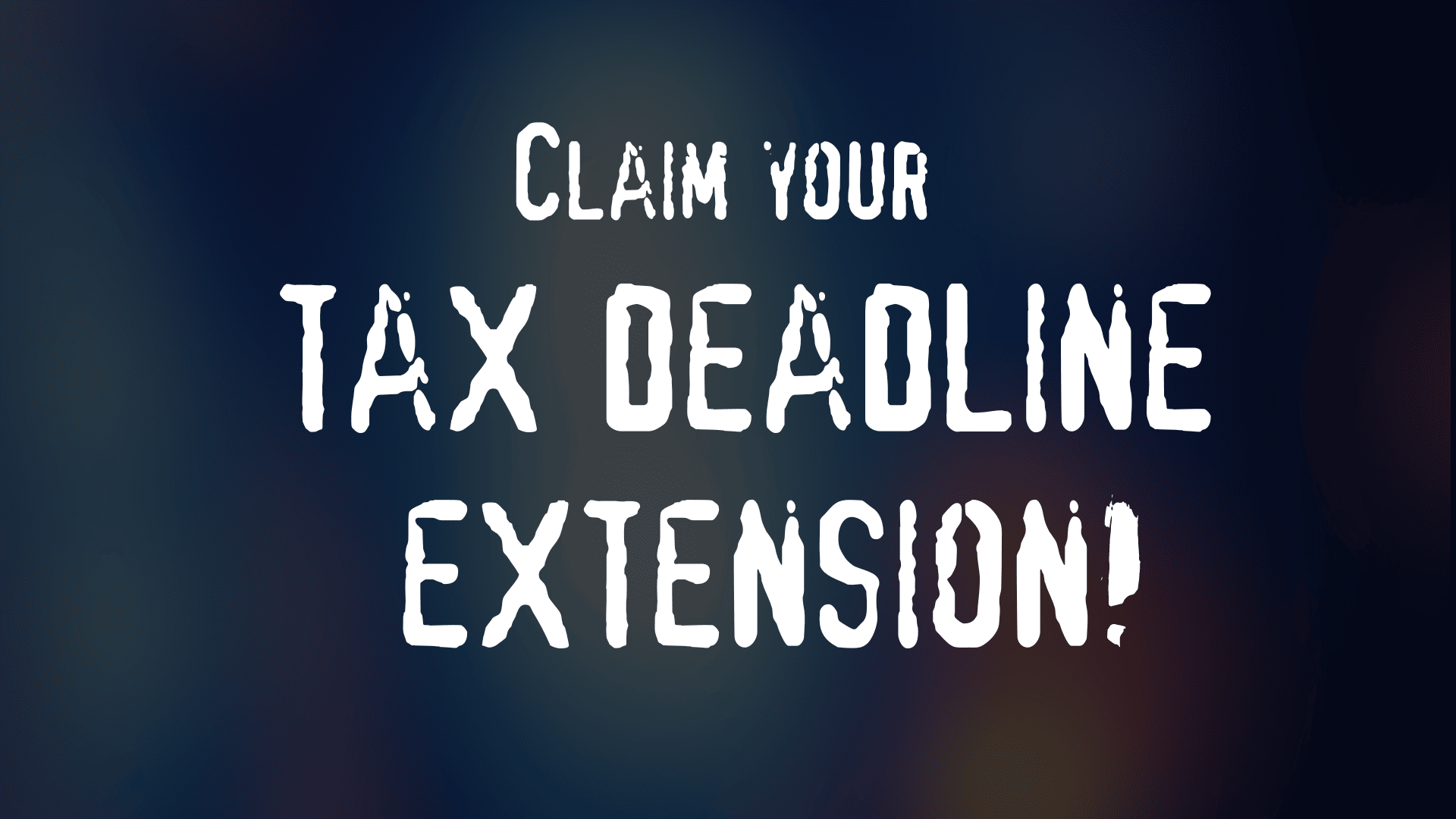When you work for yourself, you have to manage things like tax, ACC levies, KiwiSaver contributions and student loan repayments yourself.
If you also earn PAYE income from an employer, you still have to look after the taxes, levies and payments related to your self-employed income.
GST
If you think your turnover has been more than $60,000 in the last 12-months or is likely to be more than $60,000 in the next 12 months then you have to register for GST. Otherwise you can voluntarily register for GST. If you are registered, you have to charge GST to your customers, claim GST on purchases, file GST returns and make GST payments to Inland Revenue for each GST period. More about GST.
It’s important to get advice from a small business platform like Afirmo or an accountant to make sure you’re set up correctly for your situation, and you know what payments will be due and when. In the meantime, this article is designed to help you get started on understanding how income tax typically works in the first year of business.
When is income tax due during your first year of business?
After your first tax year, which usually ends on 31 March, you complete a tax return and send it to Inland Revenue by 7 July. If you asked a tax agent (accountant or Afirmo) to do it for you, they may be allowed to send it in later than that.
A tax return is a summary of all the information needed to calculate how much tax you have to pay. But you don’t have to pay that first tax bill until 7 February the following calendar year. That’s almost 11 months after your first tax year ended and seven months after the due date for filing your tax return. If you used a tax agent or Afirmo it’s due even later – by 7 April.
This sometimes leads people to say you don’t pay tax in your first year. While that’s true, it doesn’t mean your first year isn’t taxed. It is, you just pay it in the following year. You also pay the whole first year’s tax in one lump sum. Another option is to make voluntary payments during your first year, which might mean you get an early payment discount of about two %.
Both payment options require some careful budgeting to make sure you’ve set enough money aside. To do that, you need to start your first year with a pretty good idea of how much tax you’ll have to pay. That way you can put roughly the right amount aside each time you get paid or at the end of each month.
How to calculate income tax when you start your own business
When you work for yourself you pay income tax on your profit, which is your income from selling goods or services (turnover) minus the expenses involved in earning that income. To work out your taxable income and therefore how much tax you’ll have to pay, you need to know what your tax-deductible expenses are.
What are tax-deductible expenses?
Most of the expenses involved in earning self-employed income or running a business are tax-deductible. Here are some examples:
- Raw materials or stock that you on-sell
- Electricity, gas, water, phone and internet charges
- Tools and equipment
- Rent and council rates for business premises
- Interest on loans for the business
- Insurance for premises or assets owned by the business
- Stationery, postage, advertising and website costs
- Vehicle, freight and courier costs
- Repairs and maintenance of business items
- ACC levies
- Accounting fees
- Salary and wages paid to employees
Part business, part personal use expense claims
If you pay for something that involves personal use as well as business use, you can only claim the business use percentage of the total cost. Common examples are claiming for business use of a personal vehicle, as well as the costs associated with a home office or workshop.
To claim for use of a private vehicle you keep a log book for 90 days every three years. This will reveal the percentage of total kilometres travelled for business. You can then claim that percentage of all vehicle related expenses, such as fuel, servicing, tyres, insurance, registration and WoF.
To claim for business use of a home office or workshop, you normally use its floor area as a percentage of your home’s total floor area. If the area is not exclusively used for business purposes then you also have to estimate the percentage of time that it is. Once you know the percentage of home expenses you can claim you can then use it for all your home costs. Home costs include power, gas, water, mortgage interest or rent, insurance, repairs and maintenance (but not value-adding renovations), and council rates.
Claiming the cost of business assets
When you buy something that the business will keep for more than a year, you can’t claim the full cost in the first year, unless it’s less than $1,000. Instead you claim its loss in value (depreciation) each tax year. To work this out, you use a fixed percentage of its remaining value (book value) at the start of each year. Inland Revenue provides typical depreciation rates for various types of assets.
If you’re GST registered, you can claim the entire GST amount in your next return. Depreciation would then apply to the ex-GST amount. If you’re not registered for GST, you depreciate the GST-inclusive amount.
Keeping records of income and expenses
You have to keep all income invoices or sales receipts, claimed expense receipts, business use calculations and depreciation calculations for seven years. Inland Revenue may ask to see them if they audit your tax returns.
Pro Tip: Once you are set up with a plan Afirmo will keep a record of your invoices and expenses. Find out more.
Paying yourself from your own business
When you’re set up as a sole trader or partnership, you normally take money from the business as you need it, rather than paying yourself a salary or wage. This money is known as ‘drawings’.
As a sole trader, the drawings are included in the profit that you pay tax on. They’re not a claimable business expense. In a partnership the profits are shared between the partners, who then include their share in their individual tax returns.
When your business is set up as a registered company, it pays you a salary or wages and you’re taxed on that as an individual. The salary or wages come out of the company’s profit and are a tax deductible expense. The company then pays tax on its remaining profit at the company tax rate.
The individual tax rate to use in your first year of business
New Zealand has a tiered system for income tax rates. There are five tax brackets. Your first $14,000 is taxed at 10.5% and this rises through each of the brackets reaching 39% for any income above $180,000. So even if you know what you’re likely to earn in a tax year, it can be hard to know how much to set aside. This is where effective tax rates come in. They give you a single percentage to use based on your total income for the year. Just remember to include any PAYE income you might have from an employer.
For example, in the year to 31 March 2023, if your total taxable income/profit from all sources was $50,000 you’d pay $8,020 in tax, which is about 16% overall. If it was $70,000 you’d pay $14,020 in tax, which is about 20% overall. To work out the tax on your total taxable income – and therefore the overall percentage to use – make sure to check out our self employed tax calculator.
What happens in your second year of business?
If your tax-to-pay for the first year is more than $5,000, you may have to start paying provisional tax during the following year. Inland Revenue will let you know, and will provide details on how much you have to pay and when. Provisional tax is just a way of paying tax instalments as you go. The amounts are based on your previous year’s taxable income. The due dates are usually 28 August, 15 January, and 7 May.
The main challenge is that your single lump sum tax payment for your first tax year, due 7 February or 7 April, will happen close to your second or third provisional tax payment. That’s why it’s essential to set your first year’s tax payment aside or volunteer to pay it early.
Next steps
Afirmo’s tools and expert support make it easy to set your business up in the best way for your situation, see your tax owing as you go, prepare your tax returns and know when payments are due. To learn more check out the Afirmo Tax tools today.




